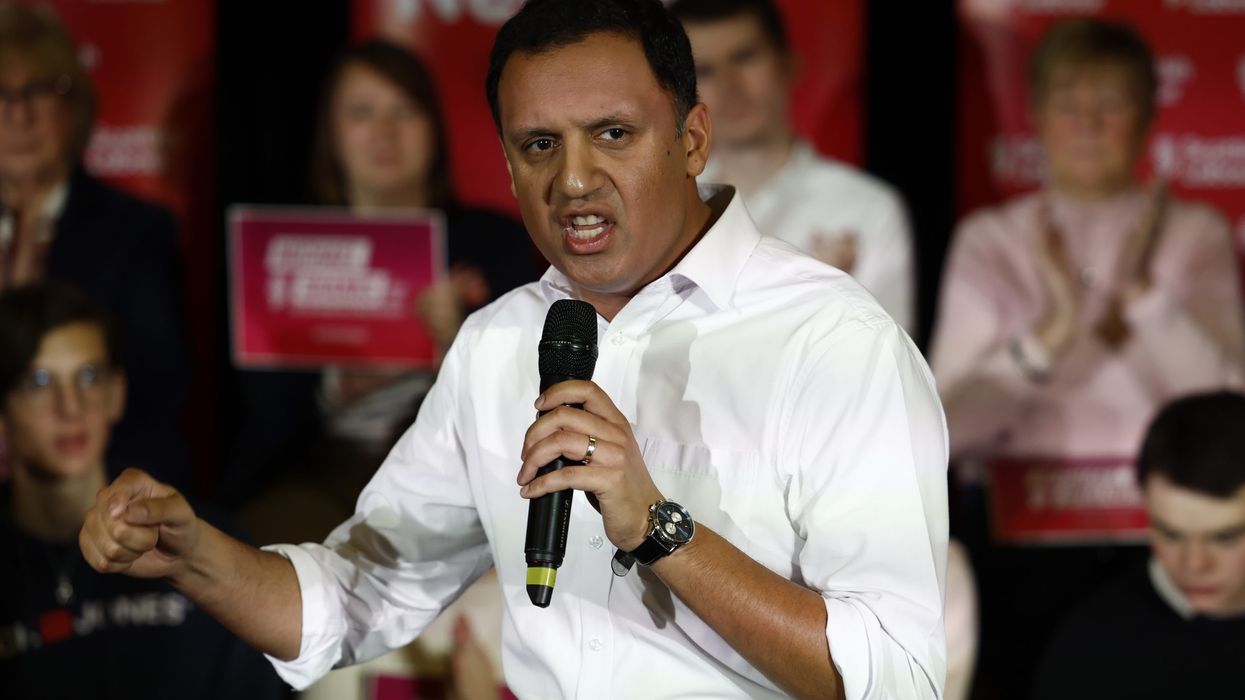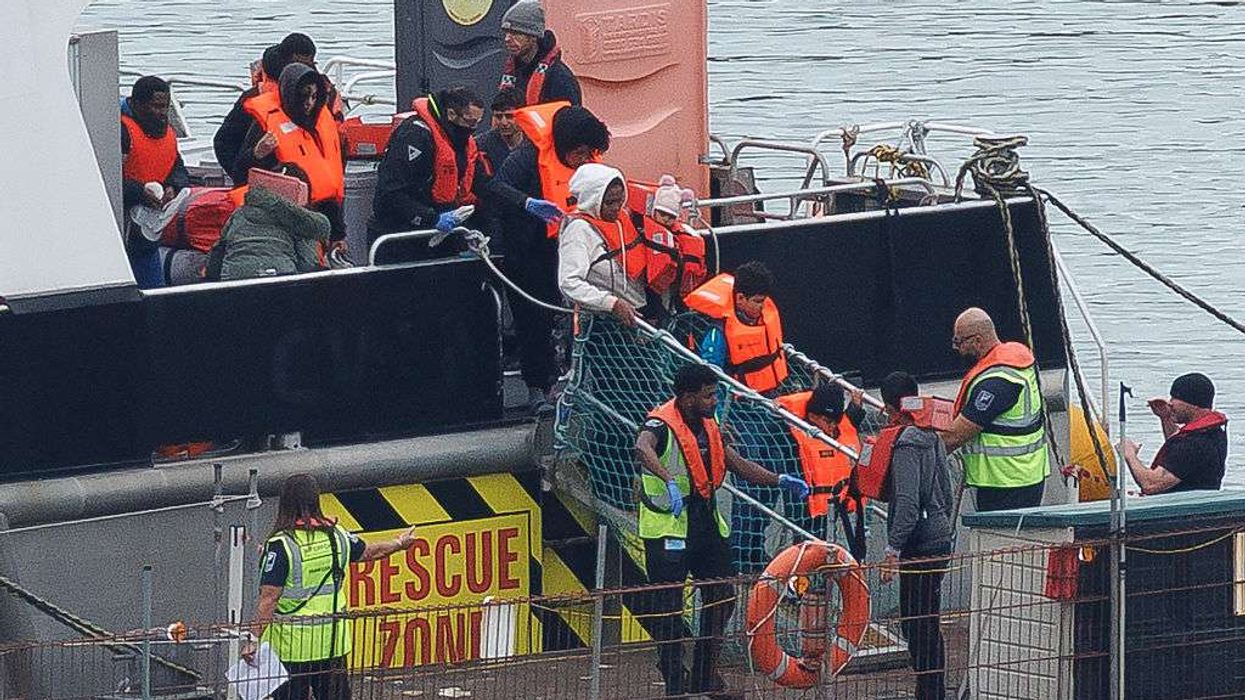The Labour Party's leadership sees a turning point in Scottish politics, believing they can defeat the Scottish National Party (SNP) in the upcoming general and Holyrood elections following last week’s byelection result.
According to party strategists, Labour's victory in Rutherglen and Hamilton West indicates their support has reached approximately 35% in Scotland, potentially enabling them to reclaim over two dozen SNP Westminster seats next year, The Guardian reported.
Former YouGov president, Peter Kellner, said that this level of support positions Labour close to winning the 2026 Holyrood election, allowing them to establish a minority government after nearly two decades in opposition.
Scottish Labour leader Anas Sarwar addressed the party's annual conference in Liverpool, asserting that the recent victory in Rutherglen demonstrated Scotland's potential to lead towards a UK Labour government.
Introduced by Michael Shanks, who secured a landslide victory with 58% of the vote and a 20% swing over the SNP, becoming Scotland’s second Labour MP on Thursday (5), Sarwar expressed the party's newfound confidence in electoral contests.
He declared that no SNP MP could take their communities for granted anymore, emphasising the party's increased support as a force that could challenge the SNP across Scotland.
Sarwar also urged former SNP voters, many of whom did not vote for the SNP in Rutherglen, to support Labour and help remove the Conservatives in Westminster.
Sarwar perceives that his party is connecting with disgruntled SNP supporters, disheartened by internal conflicts following Nicola Sturgeon's resignation, ongoing police investigations into party finances, and her inability to push for a second independence referendum.
He believes that toppling the Tories has become Labour’s primary objective, as many view independence as a means to escape a Tory-led nation, rather than “an end in itself,” he said. Sarwar addressed SNP voters, acknowledging their desire for change and distance from the Tory government. He also expressed belief in collaborative efforts to remove the Tories from Downing Street.
His confidence stems from the slim majorities of many of the SNP’s 44 MPs, where Labour often stands as the runner-up; when Labour's support reaches approximately 35%, more SNP seats become vulnerable.
Labour strategists are confident about winning 28 Scottish seats, mostly from the SNP. During a Tony Blair Institute fringe event with Kellner on Monday (9) morning, Sarwar implied that he believed Scotland had reached a tipping point.
He said that he clearly expected several Scottish Labour victories in the general election, boosting Keir Starmer's chances of becoming the prime minister. However, he also emphasised that a UK general election was not the goal for Scottish Labour but rather a stepping stone toward a Labour victory in the 2026 Holyrood elections.













